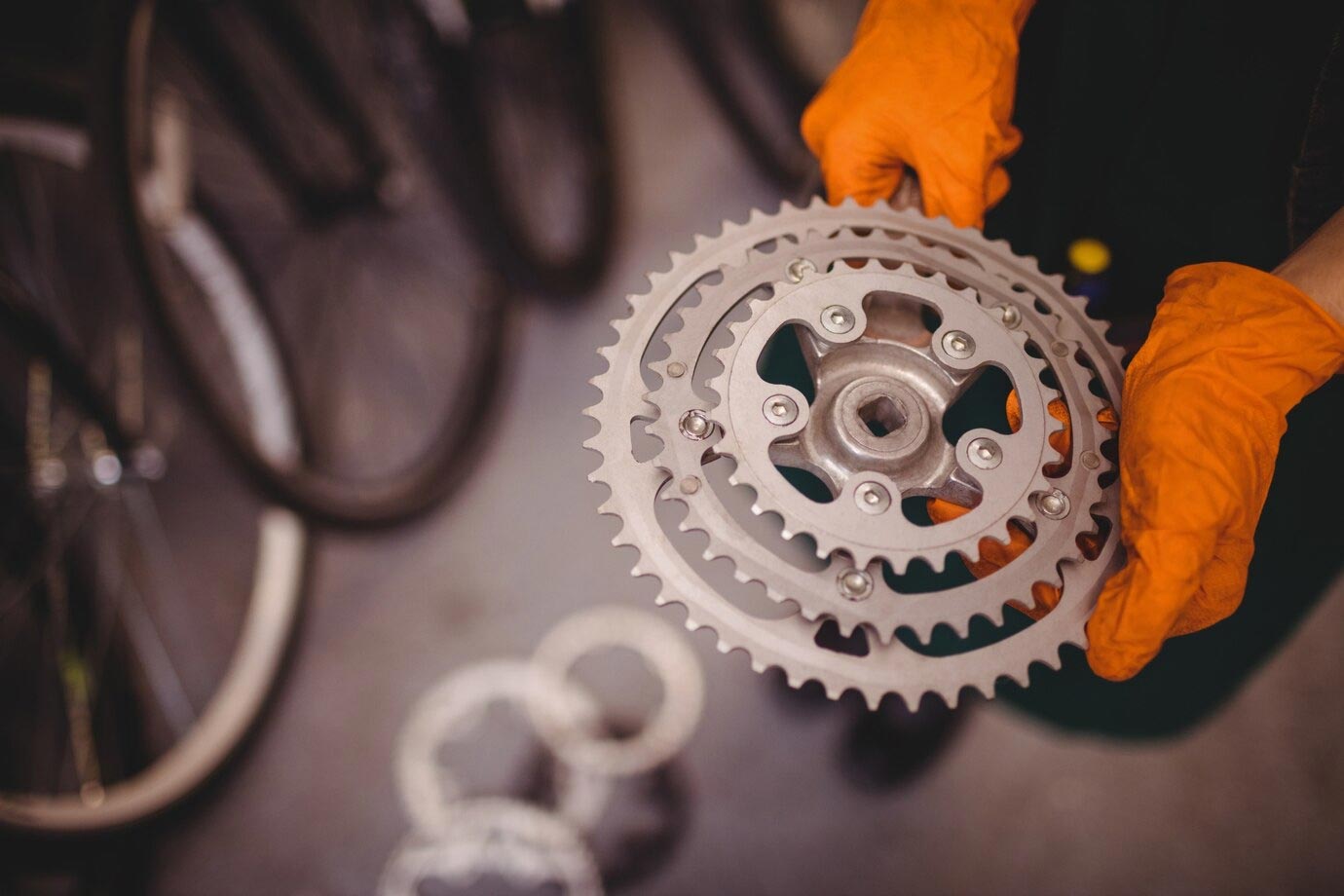Choosing the right gear for your bicycle can significantly enhance your riding experience, impacting everything from speed and efficiency to comfort and safety. However, identifying the ‘best’ gear isn’t as straightforward as it might seem; it largely depends on various factors including the type of cycling you’re engaged in, the terrain, and your personal physical condition.
**1. Understanding Gears in Cycling:**
Before diving into which gear is best, it’s important to understand what gears are and how they function. Bicycle gears are designed to help cyclists maintain an efficient speed and cadence (pedaling rate) across varying terrains. Gears are changed through shifting mechanisms connected to the derailleurs or hub on a bike, which move the chain into different sized sprockets (rear gears) and chainrings (front gears).
**2. Types of Bicycles and Their Gears:**
– **Road Bikes:** Typically equipped with multiple gears, road bikes offer a range from 18 to 30 gears. The high number of gears allows for very fine adjustments in resistance, which is crucial for the varying inclines and high speeds encountered on road rides.
– **Mountain Bikes:** These bikes usually have a wider range of gears than road bikes to handle the rugged and steep terrain of mountain trails. The lower gears are particularly beneficial for climbing steep paths, while higher gears are used on flatter, smoother surfaces.
– **Hybrid and Commuter Bikes:** These bikes blend features from road and mountain bikes. They typically have a moderate number of gears that are well-suited for urban environments with occasional hills.
**3. Factors to Consider When Choosing Gears:**
– **Terrain:** The type of terrain is the most significant factor in choosing your gear. Steep terrains require lower gears to reduce the pedaling force needed to climb, whereas flatter terrains are best suited for higher gears that help maintain higher speeds with less pedaling effort.
– **Fitness Level and Strength:** Your physical condition also plays a crucial role. If you’re a beginner or your fitness level is not high, starting with a lower gear might be easier as it requires less force to pedal.
– **Purpose of Cycling:** Are you cycling for leisure, commuting, or competitive racing? Leisure rides might not require frequent gear changes, whereas competitive and commuter cycling might demand quick and precise gear shifts to adjust to varying conditions.
**4. Tips for Using Gears Effectively:**
– **Start Low:** When starting your ride, especially if you’re in a stop-and-go situation, it’s best to start in a lower gear. This makes it easier to start pedaling and gradually shift up as your speed increases.
– **Anticipate Changes:** Always try to anticipate the need for a gear change. For example, shift to a lower gear before you start climbing a hill, not halfway up when pedaling becomes difficult.
– **Maintain a Steady Cadence:** Try to keep your pedaling cadence consistent. This often means shifting gears frequently to adapt to changing road conditions.
**5. Conclusion:**
There is no one-size-fits-all answer to the question, ‘Which gear is best for cycle?’ The optimal gear depends on the bike type, terrain, and your individual needs as a cyclist. Understanding how gears work and how to use them effectively can greatly improve your cycling experience. Whether you are a seasoned cyclist or a beginner, taking the time to learn about and experiment with different gears can help you find the most comfortable and efficient setup for your rides.

Leave a Reply